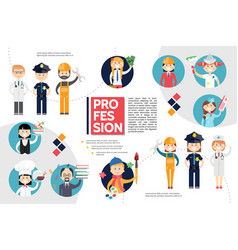Find Out How Seasonal Aspects Affect Business External Painting Success And Find The Most Effective Times To Make Certain Enduring Outcomes For Your Job
Find Out How Seasonal Aspects Affect Business External Painting Success And Find The Most Effective Times To Make Certain Enduring Outcomes For Your Job
Blog Article
Created By-Carlson Decker
When you're preparing a business exterior painting project, seasonal elements can make or damage your results. You'll intend to think about how temperature level and moisture effect paint application and drying times. Selecting the best season can ensure your paint sticks properly and lasts much longer. However which seasons are absolutely the best for this sort of job? Allow's discover the key elements that can affect your task's success.
The Impact of Temperature Level on Paint Application
When you're intending a business external painting task, the temperature level can considerably influence how well the paint adheres and dries out.
Ideally, you wish to repaint when temperatures range between 50 ° F and 85 ° F. If it's too cold, the paint might not heal appropriately, causing problems like peeling off or fracturing.
On the flip side, if it's too warm, the paint can dry as well quickly, preventing appropriate attachment and resulting in an unequal coating.
You should additionally think about the moment of day; morning or late afternoon supplies cooler temperature levels, which can be much more desirable.
Constantly examine the supplier's suggestions for the certain paint you're using, as they often give support on the perfect temperature level range for optimum results.
Moisture and Its Effect on Drying Times
Temperature level isn't the only environmental variable that influences your commercial external paint task; humidity plays a considerable function too. High moisture degrees can decrease drying times considerably, influencing the total quality of your paint task.
When the air is filled with wetness, the paint takes longer to treat, which can lead to issues like bad bond and a higher threat of mold growth. If you're repainting on a specifically moist day, be planned for extended delay times between layers.
It's essential to monitor local climate condition and strategy appropriately. Ideally, go for humidity levels in between 40% and 70% for optimum drying out.
Keeping painting companies that are hiring consider mind guarantees your task stays on track and delivers a long-term surface.
Best Seasons for Commercial Outside Painting Projects
What's the very best time of year for your industrial exterior paint jobs?
Springtime and early loss are normally your best options. During these seasons, temperatures are moderate, and humidity degrees are often lower, producing optimal problems for paint application and drying.
Prevent summertime's intense heat, which can trigger paint to completely dry also promptly, bring about bad bond and coating. Likewise, wintertime's cold temperatures can impede appropriate drying and treating, running the risk of the long life of your paint job.
Aim for days with temperature levels between 50 ° F and 85 ° F for ideal results. Remember to inspect the regional weather report for rainfall, as wet conditions can wreck your task.
Planning around these factors guarantees your paint job runs smoothly and lasts longer.
Conclusion
Finally, preparing your business outside paint tasks around seasonal factors to consider can make a considerable difference in the end result. By organizing job throughout the optimal temperatures and humidity levels, you'll make certain far better attachment and drying times. Remember to keep an eye on local weather report and pick the correct time of year-- springtime and early autumn are your best bets. Taking read article will assist you attain a resilient and professional coating that lasts.
